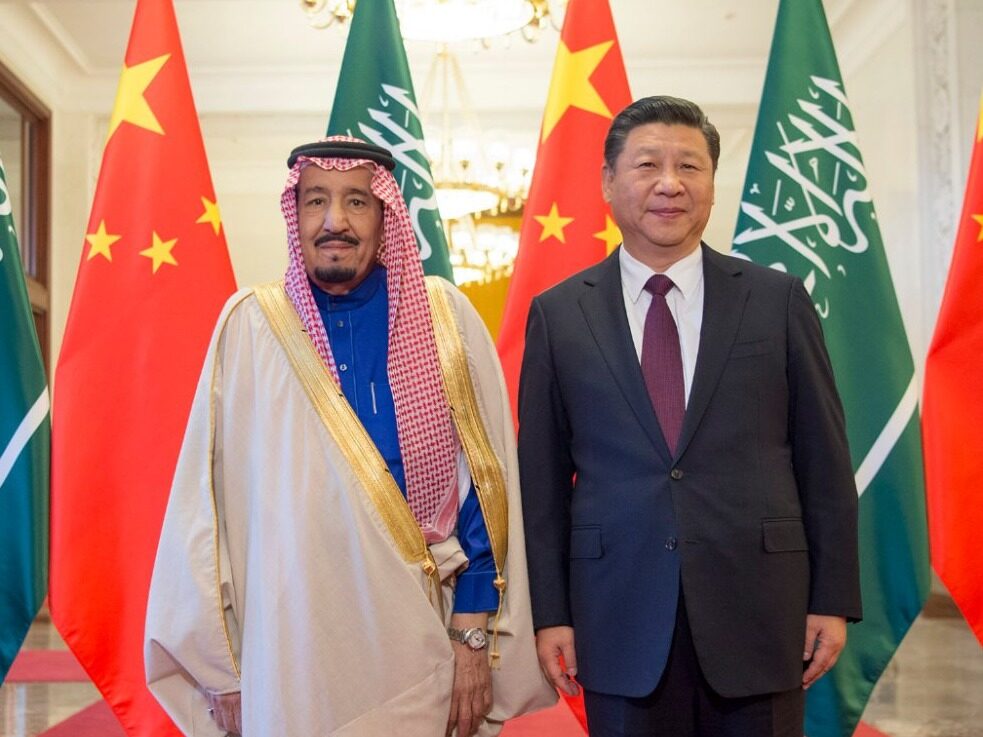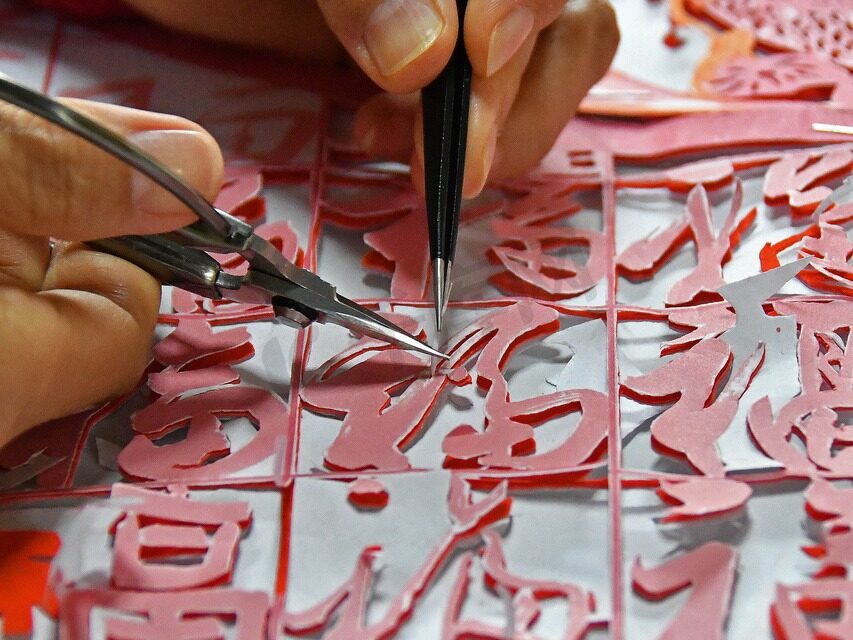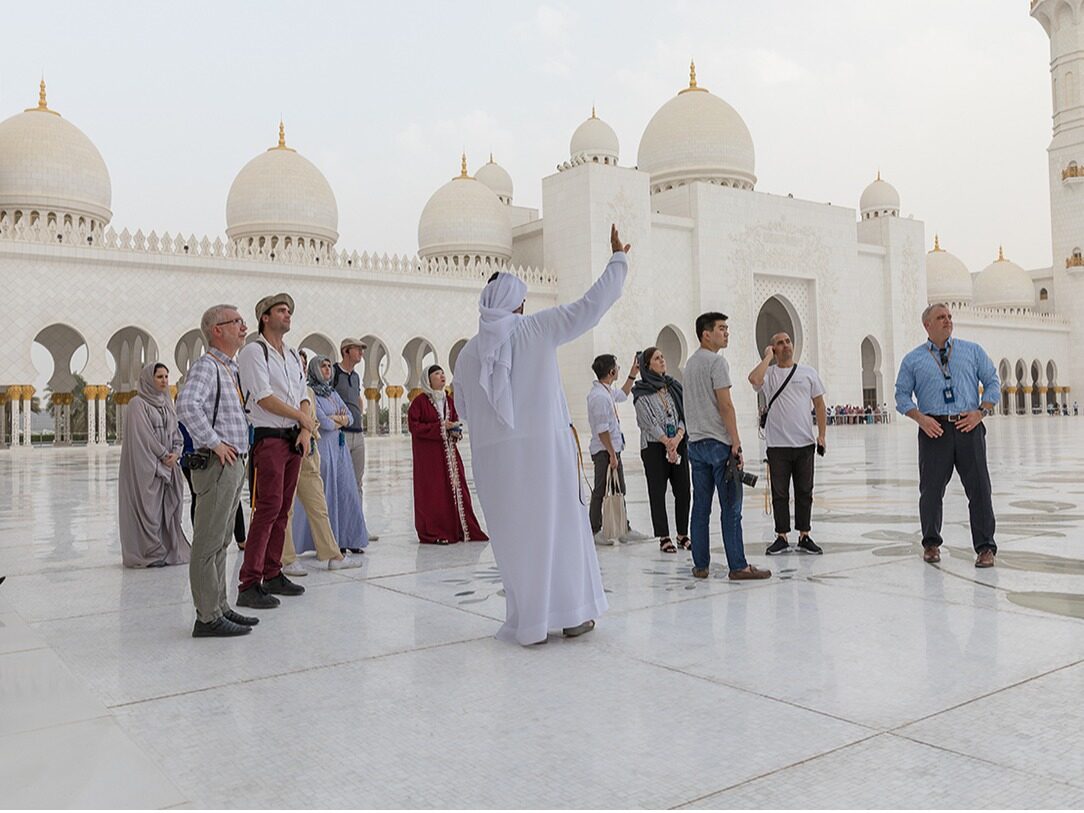- Historically, Beijing's moat has functions such as water conveyance, drainage, and urban security.
Beijing, the city of double Olympics, has once again attracted the attention of the world. You can feel the Chinese spirit of the royal palace when you visit the Forbidden City, and it is also interesting to walk around the city wall of the Forbidden City. As soon as you turn around, you will be greeted with a streetscape of hutongs and brick carvings.
The moat in Beijing was built in the Ming Dynasty. The moat in the south of the inner city is called the first three moats, the moats in the east, west and north are called the east moat, west moat and north moat respectively. The moat is named South Moat. The water source of these five moats comes from the Changhe River (the Changhe River Basin covers an area of 12.62 square kilometers), which flows into the Tonghui River at the Dongbianmen Foreign Exchange, and then merges into the North Canal, a tributary of the Haihe River.
Historically, the Beijing moat not only has the functions of conveying water, draining water, and ensuring urban safety, but also has played a very good role in traffic, transportation, sightseeing, and beautifying the environment.Editor/Ma Xue
Comment
 Praise
Praise
 Collect
Collect
 Comment
Comment
 Search
Search














Write something~